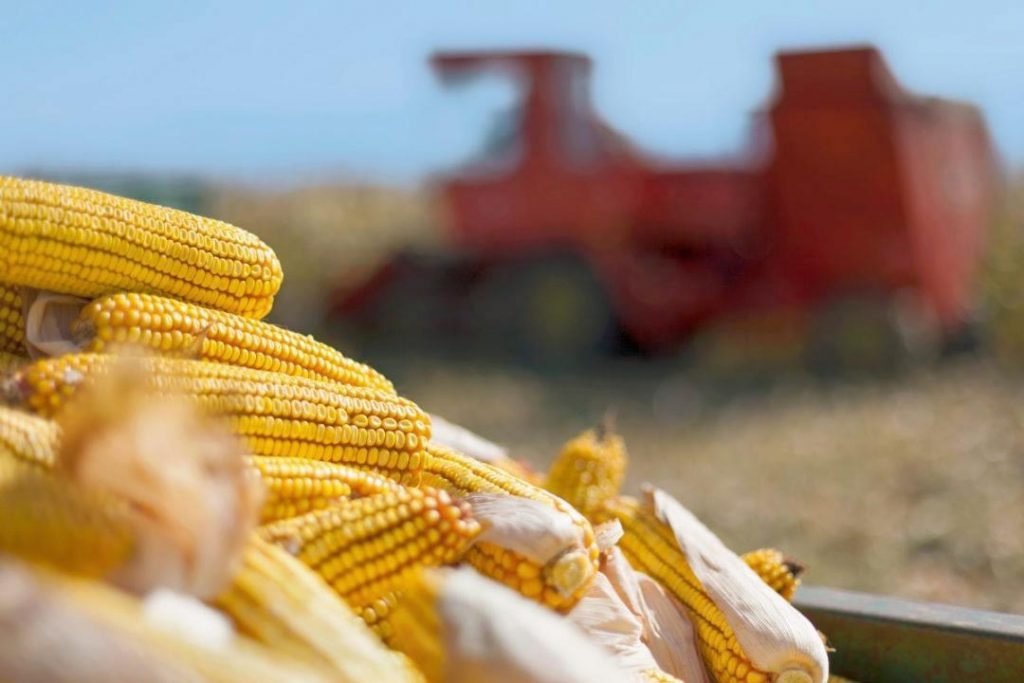Farm Subsidies: Harmful or Helpful?
The U.S. government has been subsidizing crop and livestock production since the Great Depression, but is it still necessary?

By Tiarra Drisker ‘25
The U.S. government created farm subsidies during the Great Depression to offset the surplus of crops and low prices of both crops and livestock. Though the Great Depression ended nearly a century ago, subsidized farming persists.
Today, farmers make up less than 1 percent of the U.S. population. The federal government is paying about $25 billion annually to farmers through price supports and insurance programs. One fifth of all farm income comes from government payments. This leads citizens to question why farm subsidies are still in place.
Dennis Jansen, a professor in the Department of Economics, suggests farm subsidies are a part of a bigger issue: crony capitalism.
“I would say that in many ways the name ‘crony capitalism’ is another term for special interest legislation and regulation that benefits businesses both corporations and proprietorships,” Jansen said.
As Jansen’s definition of crony capitalism suggests, there are other subsidized activities within the U.S. economy. Other examples include energy and transportation. All subsidized activities are created with the intention of financially supporting the economy, but farming subsidies could have the opposite effect.
“The farm subsidies are inefficient from an economic viewpoint,” Jansen said. “Take peanuts for example. We guarantee a price for peanuts that almost always exceeds the market price. This means we have to tax everyone to pay farmers a subsidy over and above what their peanuts earn in the market. Then this guaranteed high price leads to farmers growing even more peanuts than they would grow at the lower market price, and every one of those additional peanuts receives the same price guarantee.”
Farming subsidies may sound unnecessary to the general population, but farmers depend on these subsidies for their livelihoods. Stopping the subsidies would mean decreased taxes for taxpayers, but the loss of financial stability for farmers and ranchers.
“Farmers who benefit from subsidies would initially be negatively impacted by a reduction in subsidies,” Jansen said. “For example, the government guaranteed price for peanuts exceeds the free market price, so farmers would receive a lower price absent the guarantee.”
In a blog post created with his colleagues Liqun Liu and Andrew Rettenmaier, Jansen addresses the ways that farming subsidies can be used by politicians to gain more votes in areas where farming is the main source of income.
“Farm subsidies are concentrated among a small number of farmers,” Jansen explained. “Meanwhile the cost of these subsidies are spread out among a very large number of non-farmers. Farmers have a large incentive to spend time and money to influence legislation that protects or maintains their subsidies. Meanwhile non-farmers have much lower incentives to spend time and money to influence legislation reducing or eliminating these subsidies.”
The verdict on whether farm subsidies are helpful or harmful to the average American depends on your viewpoint. For politicians, there’s often more to lose in reducing subsidized farming than in keeping it. Although subsidized farming is likely here to stay, Jansen said possibilities of what the government could do with the money saved by reducing farm subsidies are endless.
“Governments are never at a loss for ideas on spending money,” Jansen said. ”And, we could just not spend the money, lower taxes, or not borrow as much.”
